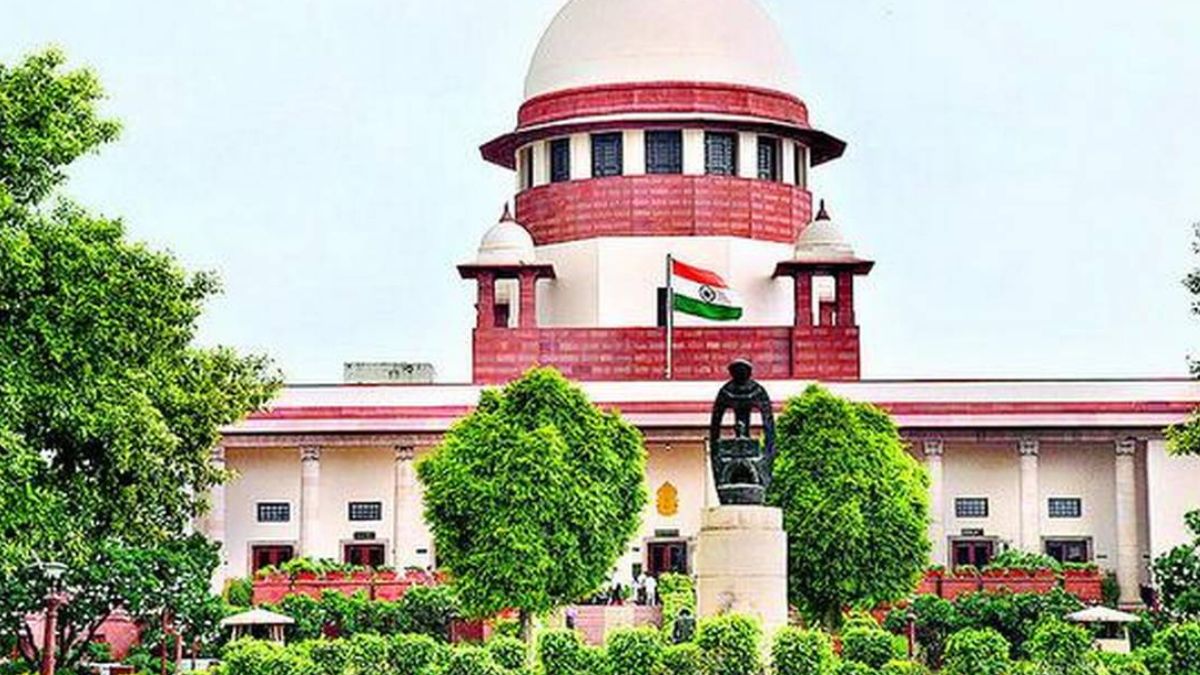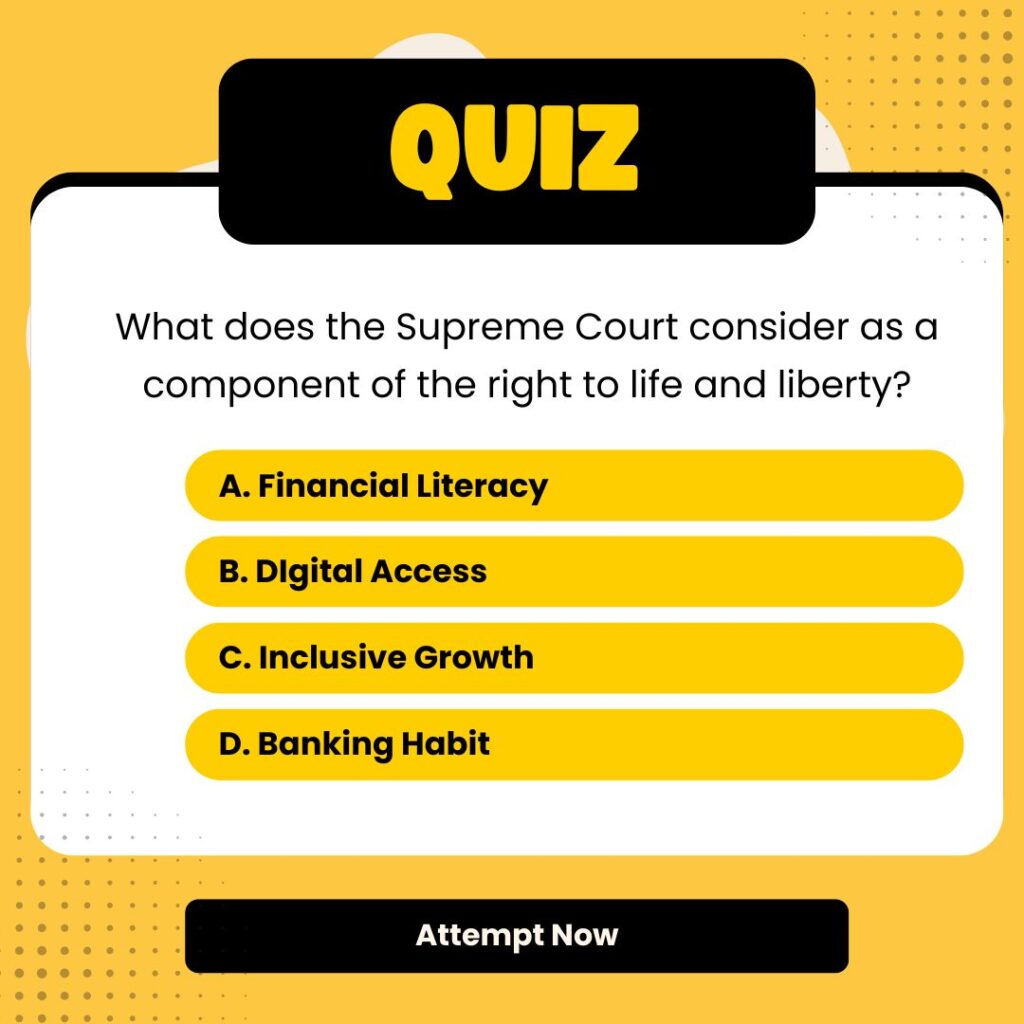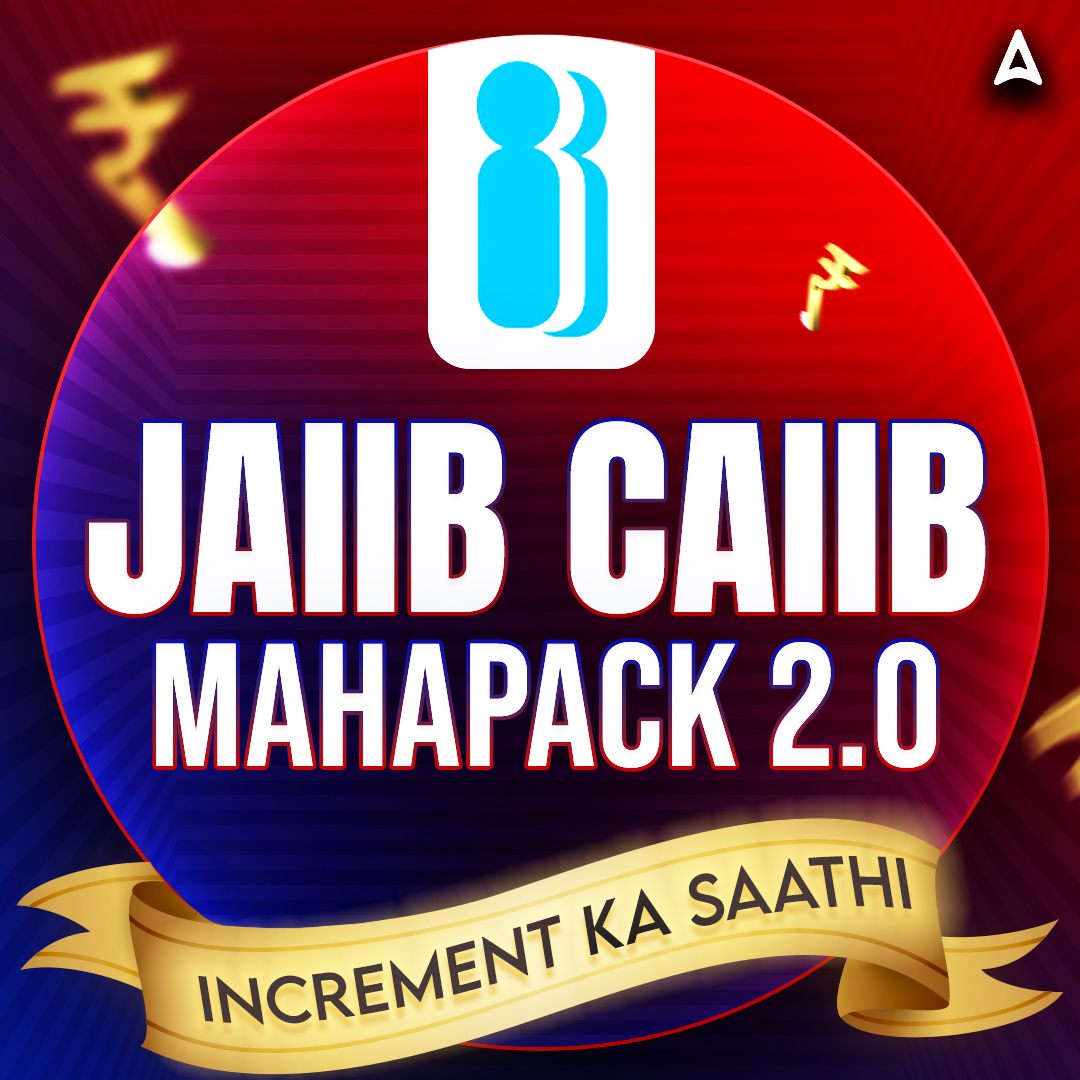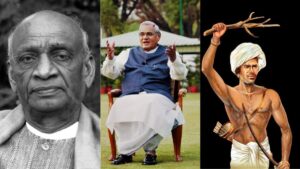The Supreme Court’s ruling to calls for the revision of digital KYC norms to accommodate individuals with disabilities, particularly those with visual disabilities and facial disfigurement (such as acid attack survivors). The case arose from two writ petitions that sought to make the digital KYC process more accessible. The court emphasized the obligation of the state to create a digitally inclusive ecosystem that accommodates all citizens, particularly marginalized groups.
Why in the news?
Supreme Court of India directed the Centre and public entities like the RBI to revise digital KYC (Know Your Customer) norms to make them more inclusive for persons with disabilities. The court emphasized that the right to digital access is integral to the right to life and liberty under Article 21 of the Indian Constitution.
Purpose
- To ensure that digital KYC processes are inclusive of persons with disabilities, particularly those with visual impairments, low vision, and facial disfigurement.
- To make sure that digital platforms, such as banking services, are accessible to marginalized communities.
Aim
- Make digital platforms accessible for persons with disabilities, ensuring equal participation in essential services like governance, education, and healthcare.
- Ensure inclusive digital ecosystems that do not exclude persons with disabilities from economic opportunities and governance processes.
Significance
- This landmark judgment redefines the right to life by expanding it to include digital access as an essential aspect of life and liberty.
- The ruling mandates that both government and private entities adopt measures that ensure digital inclusivity, benefiting persons with vision impairment, acid attack survivors, and other marginalized groups.
- The decision has broader implications for policy reforms, making it a constitutional imperative to bridge the digital divide.
Background
- In an era where access to digital services is increasingly essential for basic services and economic survival, the right to digital access has become a critical human right.
- The Supreme Court’s intervention follows two writ petitions highlighting the issues faced by individuals with disabilities in completing digital KYC processes.
- Digital KYC processes, which rely on biometric data and live photos, often discriminate against people who are unable to perform the necessary actions (like blinking or head tilting) due to physical impairments.
Important Details
- Case Origin: The petitions were filed by acid attack survivors and persons with visual disabilities who found the current KYC system discriminatory.
- The court directed the RBI to implement new guidelines for alternative modes of verification.
- The Supreme Court asked all regulated entities (both government and private) to adopt accessibility standards and involve accessibility experts in app and website design.
- Nodal officers should be appointed in each department to ensure compliance with these digital accessibility norms.
Other Relevant Points
- International Context: The judgment aligns with international human rights frameworks that advocate for digital inclusion as a fundamental right.
- The court’s directive reflects India’s commitment to the UN’s SDG 10, which focuses on reducing inequalities and ensuring inclusive societies.
| Summary/Static | Details |
| Why in the news? | Because Supreme Court’s decision to make digital KYC accessible to persons with disabilities |
| Purpose | Ensure accessibility of digital KYC for persons with disabilities |
| Significance | Redefines the right to life by including digital access as a fundamental right |
| Key Stakeholders | Supreme Court of India, RBI, Ministry of Social Justice, Persons with Disabilities, Regulatory Bodies |
| Suggestion Given To | RBI |











 Russia Opens 1 Million Job Slots for Ind...
Russia Opens 1 Million Job Slots for Ind...
 Centre Forms Committees to Honour Patel,...
Centre Forms Committees to Honour Patel,...
 Election Commission of India – Powers an...
Election Commission of India – Powers an...

